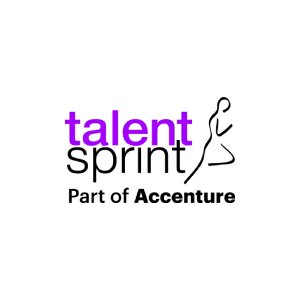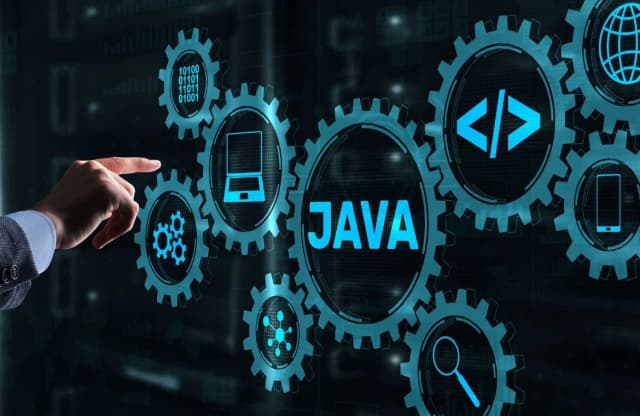Kick-Starting an IT Career with Full Stack Developer Expertise

In the 6th Peer Guru Session, Syed Hussain, an alumnus of the Certified Full Stack Developer Program, who got offers from Genpact, SAIS IT Services, DispatchTrack Software, and Aptroid Consulting shared tips on kick-starting an IT career with Full Stack Developer expertise.
From a small start-up to a big enterprise that is stepping up the pedals of digital transformation – the search for full stack developers is pervasive and explosive right now. Many companies are looking for brains who can handle both the front and back end of applications. They need professionals who are confident enough to create a usable end-product with little input, resources, and support. These developers, also known as ‘full-stack developers,’ are once again on the rise.
Full Stack – the surge is calling
In the LinkedIn 2020 Emerging Jobs Report, the ‘full-stack engineer’ slot popped up at number 4 on the list of top emerging jobs for 2020. It is easy to guess why. Because IT budgets are taking a new turn. And the future of things like Software as a Service (SaaS), a $278 billion industry, will hinge a lot on people and skills that can successfully complement new technologies. Over 50 percent of this year’s list was observed to comprise roles related to engineering or development. Also, since 2015, hiring growth for this profession has been 35 percent every year from a wide range of developer and engineering backgrounds. When we look at top industries hiring this talent, we see a versatile range of enterprises – from software, information technology, and services to the internet, financial services, and higher education.
Technology is helping the future of a full-stack developer a lot. Today, with automation, modularity, and low-code tools, it is simple for one person to develop an entire consumer or SaaS site. They can build applications and websites end-to-end without sacrificing feasibility, reliability, development time, and UX.
No gaps allowed
But they need to understand the complexity of various layers and stacks that the new-age and web 2.0 genre of web and mobile applications can demand. Therefore Full Stack Developers should, ideally, demonstrate:
- Ability to understand the big-picture of an application or software project
- Comfort in writing write both front- and back-end code
- Success and efficiency in creating a minimal viable product – with essential resources and support
- Staple comprehension and working knowledge of relevant tools
- Strengths in the removal of limitations
- Capability to roll out implementation
- Skills unique to the job like React.js, Node.js, JavaScript, AngularJS, Cascading Style Sheets (CSS)
- Ability to work with large or more complicated websites and new-age technologies or more layered stacks
- Cooperative ability to handle various domains and fulfill multiple roles
- Emphasis on avoiding miscommunication, conflicts, and islands
Swim or surf – the wave is huge
So if you think you can master these abilities, you can start looking at equipping yourself in the bright area of full-stack development. Start looking for the right learning platform here, like the Full Stack Developer Program, a 16-week interactive online program. It is bolstered with placement support for recent graduates who want to kick-start their IT Careers. The program enables students and young graduates to build interactive and responsive web applications using front-end and back-end technologies. It is designed and delivered by leading faculty at TalentSprint, focusing significantly on Java Stack.
In the 6th Peer Guru Session, alumnus Syed Hussain shared some exciting insights on getting premium career opportunities and launching an IT career with Full Stack Developer expertise. He is an alumnus of the Certified Full Stack Developer Program who got offers from Genpact, SAIS IT Services, DispatchTrack Software, and Aptroid Consulting.
Interestingly, the full-stack opportunity is all about talent and is not limited to a computer science background. Even candidates with a civil engineering background have groomed themselves well for this hot opportunity and are landing plum jobs. What the industry wants is a solid practical knowledge of frameworks. This is a significant orientation injected into such programs to be confident during interviews and real-job scenarios.
The next big and rewarding full-stack job could be waiting for you – just around the corner. So, start building relevant expertise.

TalentSprint
TalentSprint is a leading deep-tech education company. It partners with esteemed academic institutions and global corporations to offer advanced learning programs in deep-tech, management, and emerging technologies. Known for its high-impact programs co-created with think tanks and experts, TalentSprint blends academic expertise with practical industry experience.



